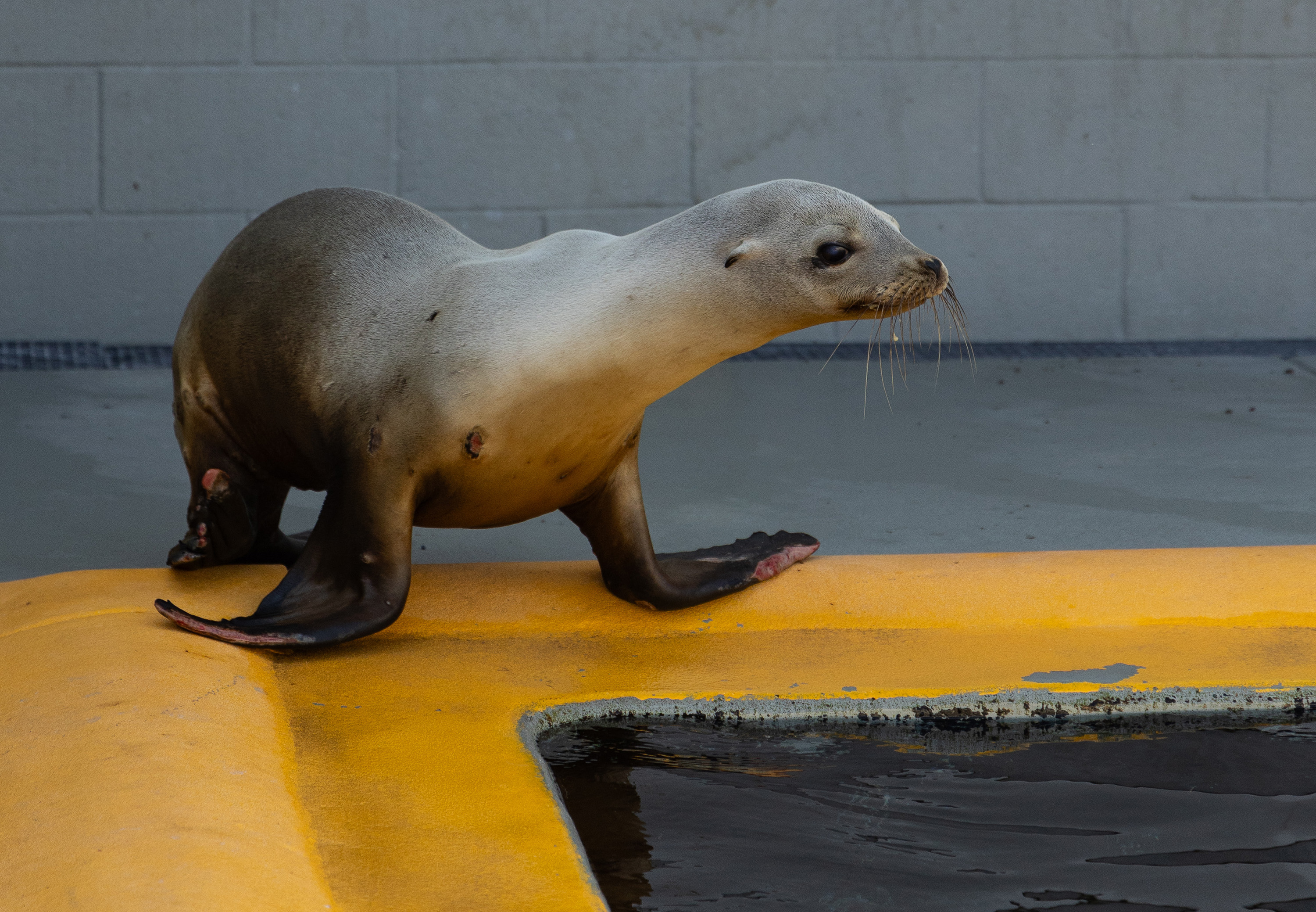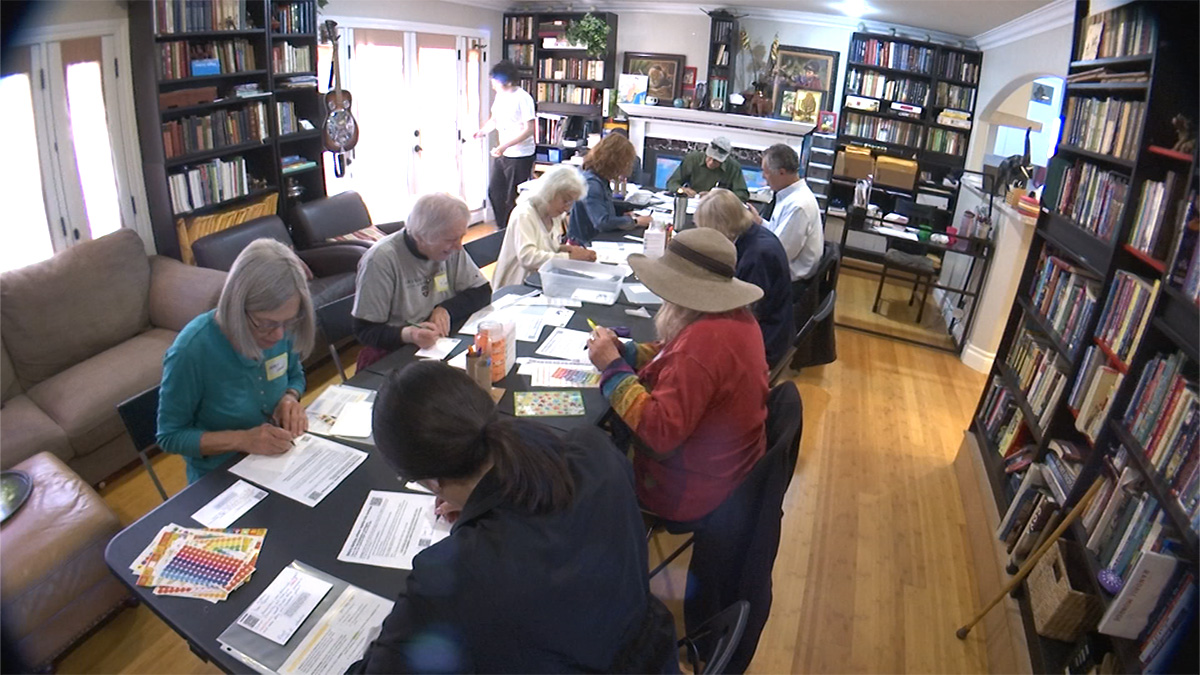Chickens, moon cycles, herbal tea and a bull’s horn. What might sound like the ingredients in a witch’s brew is the newest trend in winemaking as Bay Area vintners embrace biodynamics as a way to ween off pesticides in favor of natural methods for grape growing.
“It seems like there can be a lot of hocus pocus,” said Griffin Beemiller, winemaker at Nella Terra vineyards in the Livermore Valley, “but I think there’s a lot of factual evidence behind some of these things.”
On a recent day, Beemiller stirred up a batch of horsetail tea on the bed of his pickup truck, even taking a sip to demonstrate it was in fact — regular tea. He dumped the brew into a sprayer and began dusting his vines with the concoction.
“That essentially acts as a fungicide,” Beemiller said, “as well as other things in the vineyard.”
Biodynamic winemakers such as Beemiller have also recently turned to teas such as chamomile and nettles to control weeds and pests in their vineyards. It’s a trend that is sweeping across the winemaking world as farmers seek natural ways of improving soil quality and wine quality.
Biodynamic winemaking expert Tommy Vanhoutte, who serves as a consultant to a number of Bay Areas wineries, said another tenement of the practice is farming according to cycles of the moon and stars.
“According to this configuration of the moon phases,” Vanhoutte said in a thick French accent, “some days would be preferable to plow, some days would be preferable to work on the trunk or on the vines, or on the fruit itself.”
Local
Dane Stark, owner of Livermore’s Page Mill Winery said it makes sense that moon and sun cycles would impact grapes since their polarity also affects ocean tides and other bodies of water.
“They also have an effect on the lifecycles of the plants and the mildew and everything that’s growing in the soil,” Stark said.
Another implement of biodynamics seemed to tip the scale even further toward science fiction as Vanhoutte picked up a bull’s horn to demonstrate how he makes fertilizer. He described filling the horn with manure and burying it in the ground for six months. Once dug up, he said, the horn contains a concentrated fertilizer so potent it can cover multiple acres of vineyards.
Vanhoutte said he’s tried replicating the experiment with ceramic vessels but according to scientific analysis on the final product, has yet to to find something that works as well as the horn.
“So the horns matter,” Vanhoutte said. “We don’t know why very honestly, there’s something that happens in this horn that science can’t explain.”
Vanhoutte acknowledged skeptics might find his methods a bit of new age theatrics — and once counted himself among their ranks .
“And then you start speaking about the horn and then the people like me about 15 years ago,” he said, “I’m just like, ‘ok I’ve got to go.’”
Now approaching his thirty-first vintage, Stark is all-in on biodynamics, enlisting chicken and sheep to live among his vines to eat weeds and bugs while providing their own method of fertilizing. Stark said he covers the ground beneath his vines with plants to infuse more nutrients into the soil.
“Rather than treating the vineyard like it provides us with what we need,” Stark said, “we treat it as an organism.”
Stark said the winery, which his parents founded in 1976 originally in the Santa Cruz mountains, recently made the shift from organic farming to biodynamic means. Since making the switch, he said last year’s crop was the cleanest he’d ever seen. While his first batch of biodynamic wine is still a couple years from the shelf, he has tasted other makers’ products.
“So when you taste this biodynamic wine,” Stark said, “the difference is they bring this longevity, this extra balance, and this ethereal nature.”
The techniques of biodynamics are already well entrenched in other parts of the world. Hundreds of wineries, including many prestigious French wineries, are now certified biodynamic.
Beemiller said he’s experimenting by growing a biodynamic plot of grapes astride one that uses more conventional methods. The true test, he said, will come in a few years when he can compare the Pinot Noir wines made with each technique.
“We’re constantly striving to make our wine better,” Beemiller said standing among his hillside of vines. “So anything that can help us in that we’ll give it a shot.”



